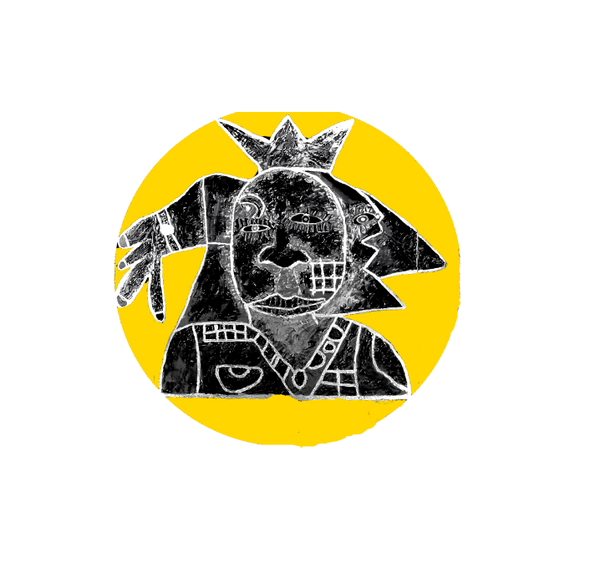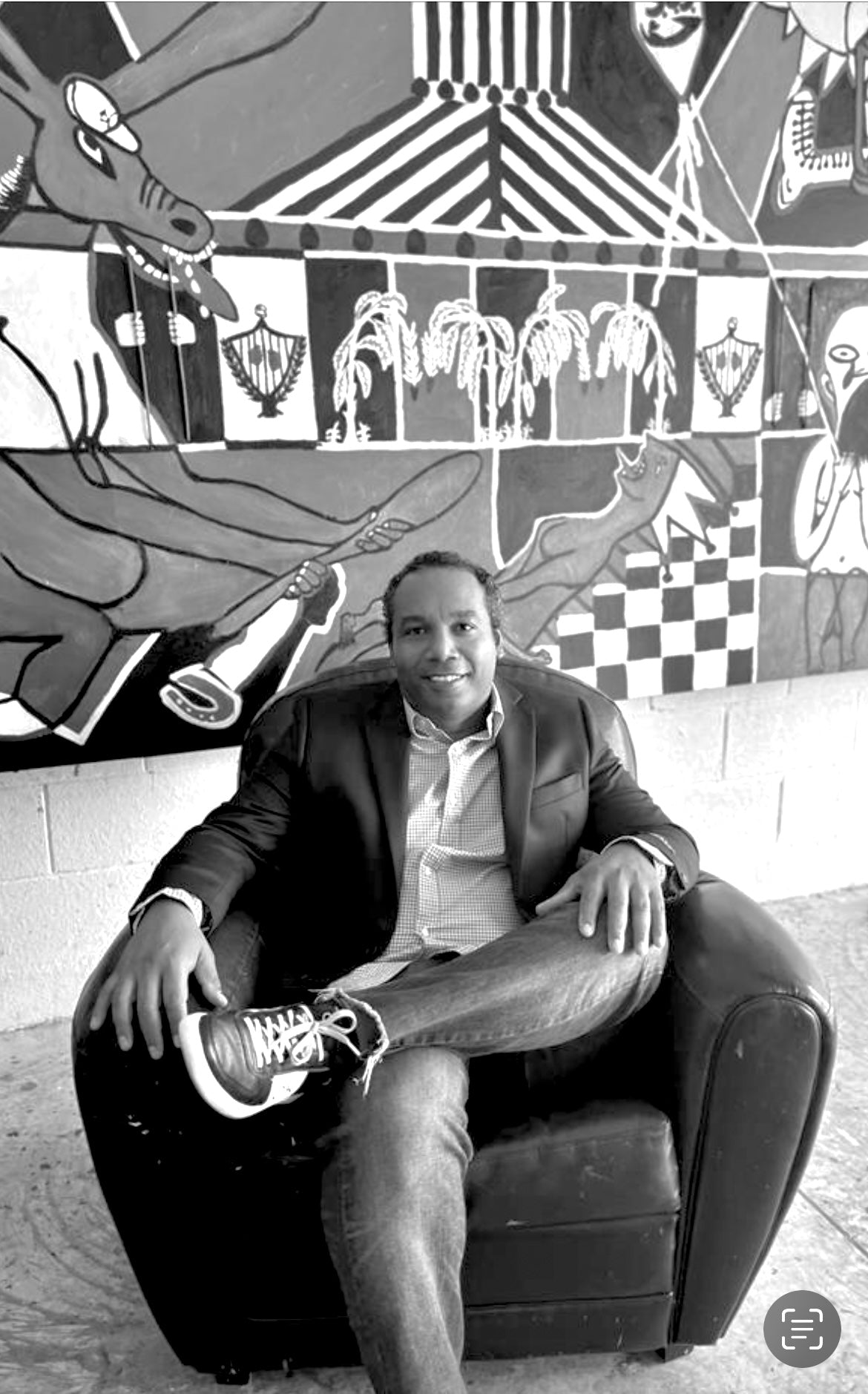About the Artist
Here is my contribution to society, in an effort to preserve the good that exists in the world:
Life, freedom, love, hope, and dreams are privileges granted by God to all human beings. Therefore, we must stop harming one another in the pursuit of power, control, or wealth. It is imperative to reject dictatorships—whether communist, fascist, or any other form—that bring nothing but suffering and misfortune to humanity, as history has repeatedly shown.
The world needs to move toward a better place, and the time to act is now. Otherwise, we risk losing what is most precious: the freedom of artists to express their creativity, of politicians to serve with justice, and of judges and lawyers to protect our rights. Without change, we will also lose the natural world that sustains and inspires us.
Political power must not be used as a tool for personal gain but to serve the needs of the citizens who entrusted it to them. Its purpose should be to organize and serve, alongside security forces and armies, always within the framework of justice and only when truly necessary.
Now, more than ever, we must unite to build a world where life, freedom, love, and hope prevail. Art, as a reflection of humanity, must be a beacon guiding us toward this transformation, denouncing injustices and reminding us of the beauty we are capable of creating when we act with conscience.
It is time to do our best, from wherever we stand, with the responsibility to build a future where we can all live in peace, dignity, and harmony.
BIOGRAPHY.
Minos Azahares' work stands as a bold and resonant critique of a society that has grown numb to the realities of "communist Cuba" and the profound consequences of change accepted without consideration for its future impact. Born in Guantánamo, Cuba, in 1974, Azahares emerged as an artist within a context marked by widespread dissatisfaction with state censorship and control over all aspects of life—realities that inevitably shaped his creative vision. His career has been forged in the political and social complexities of his homeland, deeply influencing both his artistic expression and his unyielding commitment to social denunciation, even from self-imposed exile.
Over the years, Azahares has developed a distinctive artistic language that blends contemporary expressionism with figurative elements, creating a form of art that not only seeks to communicate but also to provoke deep reflection on the reality around us. His work serves as a bridge between contemporary art trends and a new direction in conscious art, where awakening collective and individual consciousness becomes the central theme. Through a range of media including canvas, photography, installations, and sound works, Azahares captures the emotional intensity of his message, using art as a tool for transformation and reflection.
The artist not only addresses the overt social critique but also examines the more subtle forces that affect the essence of the human being, such as mass manipulation, food alteration, and ideologies that distort our identity and nature. His work becomes a space of transition between what we know as contemporary art and this new form of conscious art, inviting us to question, awaken, and revisit what conditions us. Phrases, words, onomatopoeias, verses, numbers, and lines intertwine to form a collective voice that cries out for the recovery of what is genuine, what is natural.
Azahares is not afraid to confront the literal, often incorporating text directly into his pieces as a means to amplify his message. As he himself states: "I want to be a newspaper, a newspaper that tells the truth of what happens in my country and in the world." His art not only challenges power structures but also questions social, political, and commercial systems, proposing a conscious reflection on what truly affects our deeper humanity. Through this practice, Azahares offers a new perspective on art: an art of transition, capable of awakening consciousness and providing an opportunity to return to an authenticity that has been lost amid external manipulations.

